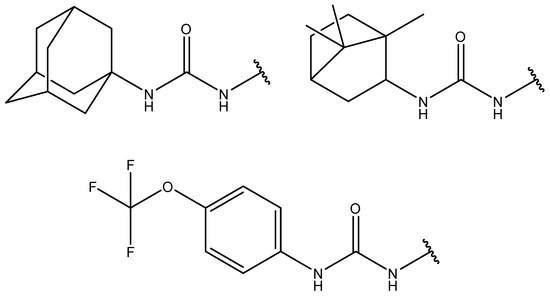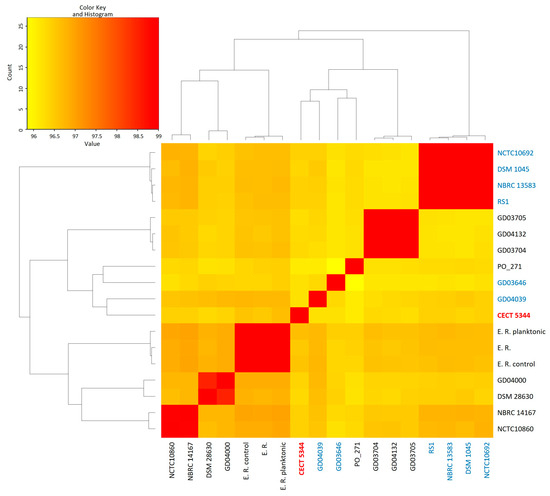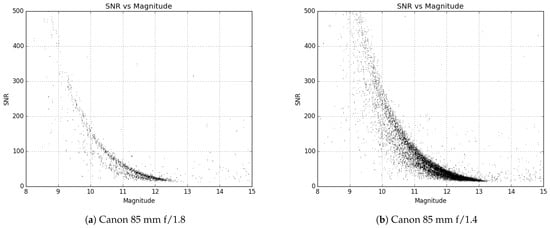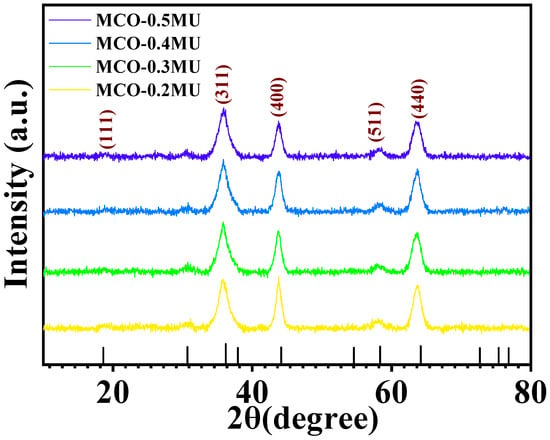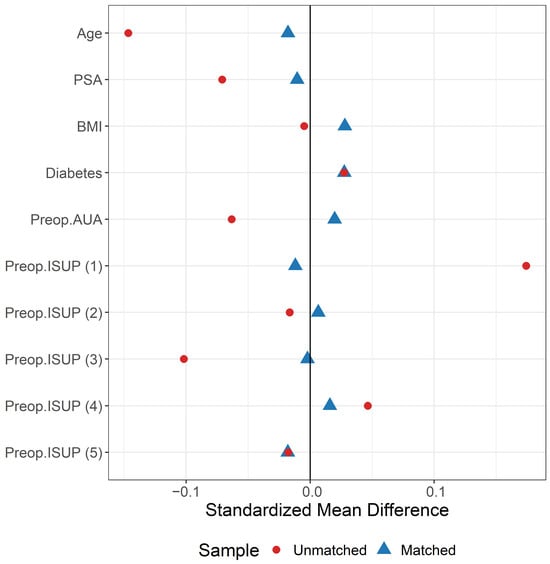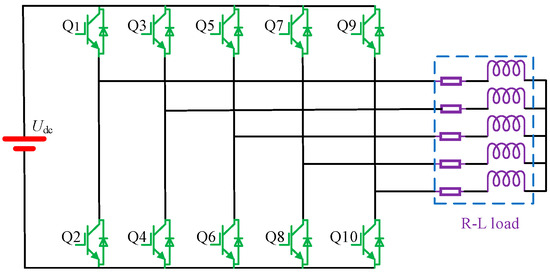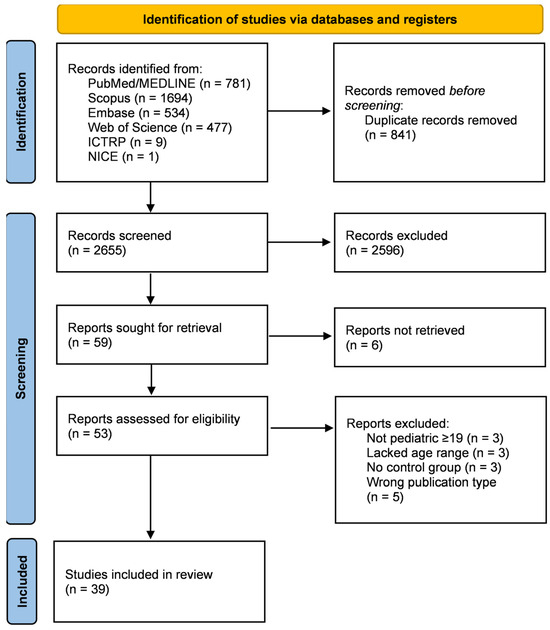Cold stress adversely impacts grape growth, development, and yield. Therefore, improving the cold tolerance of grape is an urgent task of grape breeding. The Jasmonic acid (JA) pathway responsive gene
JAZ plays a key role in plant response to cold stress. However, the
[...] Read more.
Cold stress adversely impacts grape growth, development, and yield. Therefore, improving the cold tolerance of grape is an urgent task of grape breeding. The Jasmonic acid (JA) pathway responsive gene
JAZ plays a key role in plant response to cold stress. However, the role of
JAZ in response to low temperatures in grape is unclear. In this study,
VvJAZ13 was cloned from the ‘Pinot Noir’ (
Vitis vinefera cv. ‘Pinot Noir’) grape, and the potential interacting protein of VvJAZ13 was screened by yeast two-hybrid (Y2H). The function of
VvJAZ13 under low temperature stress was verified by genetic transformation. Subcellular localization showed that the gene was mainly expressed in cytoplasm and the nucleus. Y2H indicated that VvF-box, VvTIFY5A, VvTIFY9, Vvbch1, and VvAGD13 may be potential interacting proteins of VvJAZ13. The results of transient transformation of grape leaves showed that
VvJAZ13 improved photosynthetic capacity and reduced cell damage by increasing maximum photosynthetic efficiency of photosystem II (Fv/Fm), reducing relative electrolyte leakage (REL) and malondialdehyde (MDA), and increasing proline content in overexpressed lines (OEs), which played an active role in cold resistance. Through the overexpression of
VvJAZ13 in
Arabidopsis thaliana and grape calli, the results showed that compared with wild type (WT), transgenic lines had higher antioxidant enzyme activity and proline content, lower REL, MDA, and hydrogen peroxide (H
2O
2) content, and an improved ability of scavenging reactive oxygen species. In addition, the expression levels of
CBF1-
2 and
ICE1 genes related to cold response were up-regulated in transgenic lines. To sum up,
VvJAZ13 is actively involved in the cold tolerance of
Arabidopsis and grape, and has the potential to be a candidate gene for improving plant cold tolerance.
Full article
 IJMS
IMPACT
IJMS
IMPACT Applied Sciences
IMPACT
Applied Sciences
IMPACT Sustainability
IMPACT
Sustainability
IMPACT Sensors
IMPACT
Sensors
IMPACT JCM
IMPACT
JCM
IMPACT Energies
IMPACT
Energies
IMPACT Molecules
IMPACT
Molecules
IMPACT Materials
IMPACT
Materials
IMPACT Remote Sensing
IMPACT
Remote Sensing
IMPACT Cancers
IMPACT
Cancers
IMPACT Electronics
IMPACT
Electronics
IMPACT Mathematics
IMPACT
Mathematics
IMPACT Foods
IMPACT
Foods
IMPACT Buildings
IMPACT
Buildings
IMPACT Plants
IMPACT
Plants
IMPACT Nutrients
IMPACT
Nutrients
IMPACT Animals
IMPACT
Animals
IMPACT Polymers
IMPACT
Polymers
IMPACT Water
IMPACT
Water
IMPACT Diagnostics
IMPACT
Diagnostics
IMPACT Biomedicines
IMPACT
Biomedicines
IMPACT Agronomy
IMPACT
Agronomy
IMPACT Microorganisms
IMPACT
Microorganisms
IMPACT Processes
IMPACT
Processes
IMPACT Healthcare
IMPACT
Healthcare
IMPACT Forests
IMPACT
Forests
IMPACT Cells
IMPACT
Cells
IMPACT JMSE
IMPACT
JMSE
IMPACT Medicina
IMPACT
Medicina
IMPACT Viruses
IMPACT
Viruses
IMPACT Agriculture
IMPACT
Agriculture
IMPACT Nanomaterials
IMPACT
Nanomaterials
IMPACT IJERPH
IJERPH
 Land
IMPACT
Land
IMPACT Pharmaceutics
IMPACT
Pharmaceutics
IMPACT Pharmaceuticals
IMPACT
Pharmaceuticals
IMPACT Religions
IMPACT
Religions
IMPACT Biomolecules
IMPACT
Biomolecules
IMPACT Life
IMPACT
Life
IMPACT Micromachines
IMPACT
Micromachines
IMPACT Atmosphere
IMPACT
Atmosphere
IMPACT Antioxidants
IMPACT
Antioxidants
IMPACT Genes
IMPACT
Genes
IMPACT Metals
IMPACT
Metals
IMPACT Symmetry
IMPACT
Symmetry
IMPACT Children
IMPACT
Children
IMPACT Coatings
IMPACT
Coatings
IMPACT Vaccines
IMPACT
Vaccines
IMPACT Horticulturae
IMPACT
Horticulturae
IMPACT Education Sciences
IMPACT
Education Sciences
IMPACT Minerals
IMPACT
Minerals
IMPACT Brain Sciences
IMPACT
Brain Sciences
IMPACT JPM
IMPACT
JPM
IMPACT Bioengineering
IMPACT
Bioengineering
IMPACT




